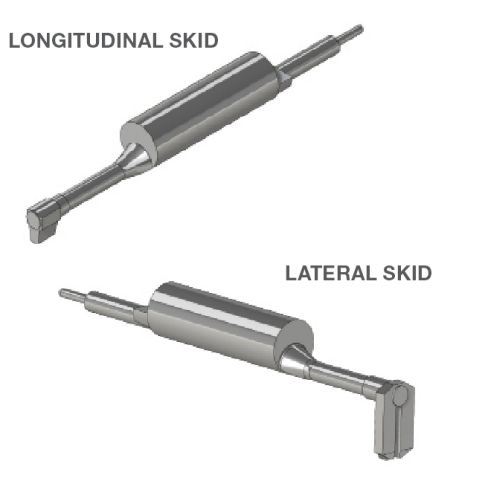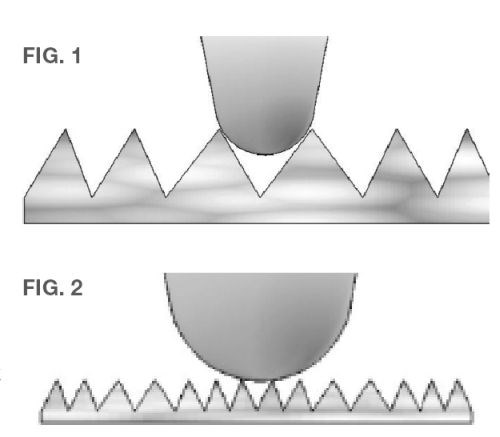Considering Probes for Roughness Measurement
Skidded probes are available in two types: longitudinal and lateral. Here’s how to decide which is best for your surface finish measurement.
Share



.png;maxWidth=45)
DMG MORI - Cincinnati
Featured Content
View More




Takumi USA
Featured Content
View More
For measurement accuracy, the ideal situation is to have the skid on the measurement probe sit atop the peaks on the surface of the part, as shown in Figure 2. With the skid sitting atop the peaks, the stylus will travel the full dimension, from the top of the peak to the lowest valley. This ensures that no mechanical filtering of the measurement results occurs.
Related Content
4 Commonly Misapplied CNC Features
Misapplication of these important CNC features will result in wasted time, wasted or duplicated effort and/or wasted material.
Read MoreHow to Choose the Correct Measuring Tool for Any Application
There are many options to choose from when deciding on a dimensional measurement tool. Consider these application-based factors when selecting a measurement solution.
Read MoreHow to Calibrate Gages and Certify Calibration Programs
Tips for establishing and maintaining a regular gage calibration program.
Read MoreTips for Designing CNC Programs That Help Operators
The way a G-code program is formatted directly affects the productivity of the CNC people who use them. Design CNC programs that make CNC setup people and operators’ jobs easier.
Read MoreRead Next
5 Rules of Thumb for Buying CNC Machine Tools
Use these tips to carefully plan your machine tool purchases and to avoid regretting your decision later.
Read MoreSetting Up the Building Blocks for a Digital Factory
Woodward Inc. spent over a year developing an API to connect machines to its digital factory. Caron Engineering’s MiConnect has cut most of this process while also granting the shop greater access to machine information.
Read MoreBuilding Out a Foundation for Student Machinists
Autodesk and Haas have teamed up to produce an introductory course for students that covers the basics of CAD, CAM and CNC while providing them with a portfolio part.
Read More
























.png;maxWidth=150)





















